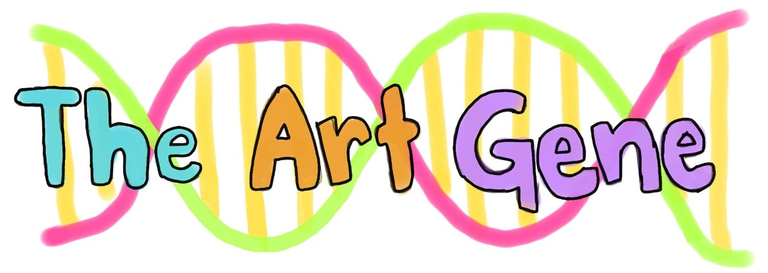Beyond Petri Dishes: Alexander Flemming's Microbial Journey
An Artist Submerged in the World of Microbes
AGAR ARTALEXANDER FLEMMING
Sunskritha R Shivaprasad
1/14/20241 min read
In the lens of many science enthusiasts, Alexander Flemming, the Scottish physician and microbiologist, is known for his discovery of penicillin: a revolutionary antibiotic that led to the future discovery of other antibiotics. Penicillin was first administered was on February 12, 1941. A 43-year-old policeman, Albert Alexander, had developed a life-threatening infection with huge abscesses affecting his eyes, face, and lungs. Penicillin was injected and within days he made a remarkable recovery. Unfortunately, the supply of the drug had run out and he succumbed to the illness.
However, there’s more to Flemmings' story. Apart from working as a scientist, Flemming was painted using watercolors and was part of the Chelsea Arts Club. He also created work using the little micro-organisms we love, fear and know- bacteria. His art entailed soldiers, houses, mothers and their children, ballerinas and colliders at war. It could be inferred that this theme was majorly influenced by the World Wars that affected parts of the UK at that time. Using the knowledge that each bacteria produced a different substance that revealed itself in the form of a certain color, Flemming also incorporated this idea along with the fact that each species matured at the same time. By making sure each species was inoculated at the right time, upon maturation, the plate filled with agar was now another way of creating art. This marked the intermixing of art and science.

Contacts
sunskrithas19@gmail.com
Blog
© TheArtGene
sunskrithas@theartgene.com
Subscribe to our blog!
Updates bi-weekly every Sunday!
